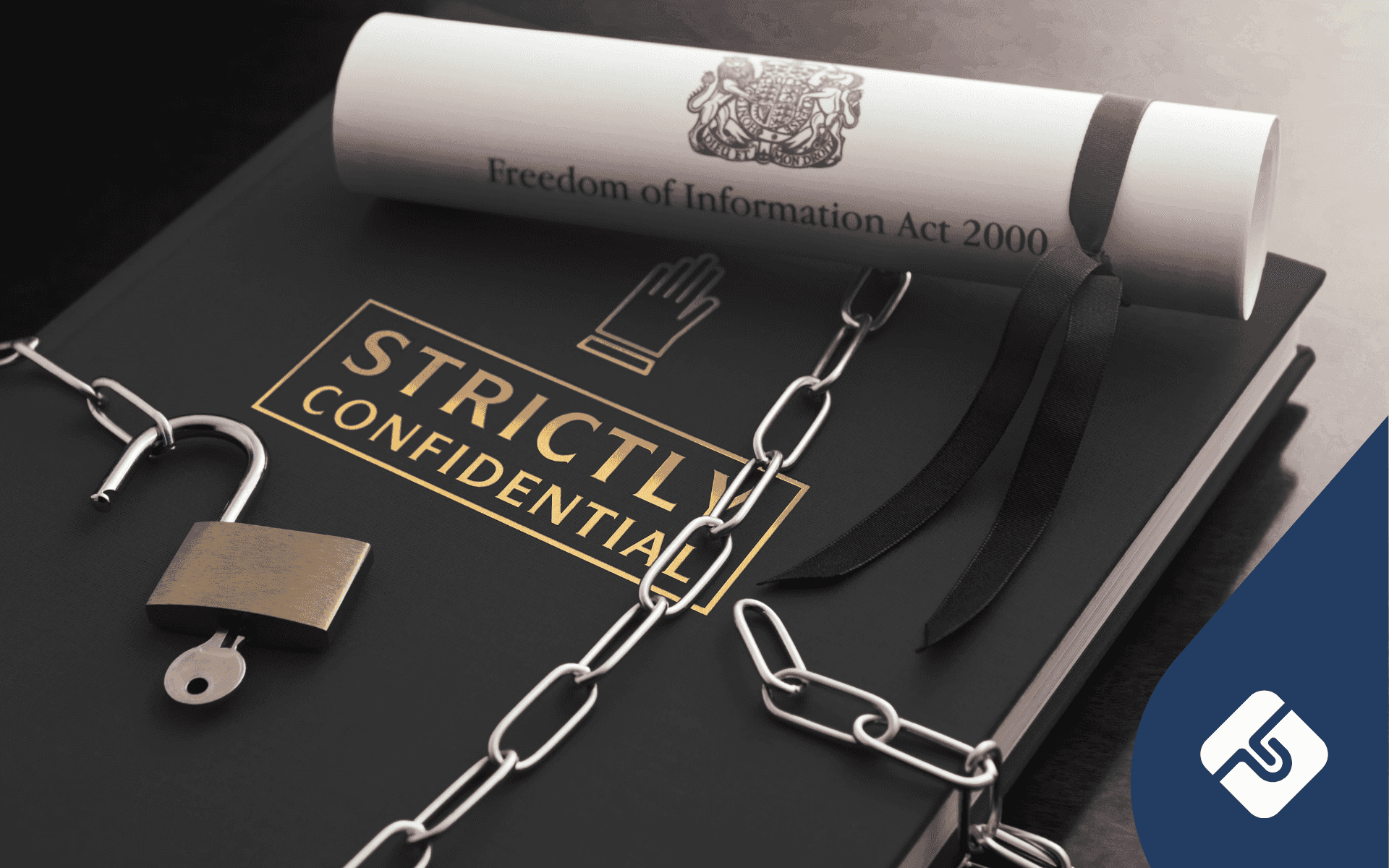Sydney-based lawyer and data analyst. Formerly Digital Transformation Analyst at Lawpath.
Comparative advertising is a weapon for products and services marketing. However, you must understand how to use it. Otherwise, you may find yourself liable for misleading and deceptive conduct. In this article, we explain whether comparative advertising is legal and if so, how to do it.
What is comparative advertising?
Comparative advertising is a type of advertising technique. It is when businesses directly promote the superiority of their products over another, such as price, quality, range or volume. For instance, you and the shop next to you both sell similar quality, shaped and priced coffee mugs. You can advertise that your coffee mugs are superior to the shop next door because it has an extra feature, such as insulation.
So, is it legal?
Yes but only if you can show that your comparative advertisement is accurate. When you cannot prove this, you may find yourself liable for misleading and deceptive conduct.
What is misleading and deceptive conduct?
The Competition and Consumer Act 2010 (Cth) states that ‘[a] person must not, in trade or commerce, engage in conduct that is misleading or deceptive or is likely to mislead or deceive.’ In other words, your business engages in misleading and deceptive conduct if you make incorrect statements or those that are likely to lead to false impressions. For more about misleading and deceptive conduct, see here.
How do you ensure that your advertisement is accurate?
According to the Australian Competition and Consumer Commission, comparative advertising is a direct challenge to competitors. As a result, businesses should be prepared to receive potential legal complaints from competitors, regulators and consumers. Thus, we recommend these three tips:
1. Is it an accurate comparison?
You must accurately state the price differences between your product or services and your competitors. It can be in the form of ‘save 20%’ or ‘pay $10 less’. You should also avoid overstating or understating the price difference.
2. Are you comparing reasonably similar products or services?
Usually, we compare ‘apples to apples’ and ‘oranges to oranges’. However, Australian courts have stated that there is no general rule on this, other than to ensure that you make an accurate comparison that is not misleading or deceptive. Nevertheless, you should compare goods or services of the same class. For instance, an airline can compare the comfort of its business-class seats to its economy seats.
3. Will you be making a comparison that will remain valid for the life of the promotion?
Advertisements must be accurate for the life of the promotion. It is not good enough if the ad was accurate when you first started promoting it. The most common example is price comparisons. Generally, when competitors see their products or services in a comparative price advertisement, they tend to alter the price of that product or service. As a result, an accurate comparative advertisement can quickly change into a misleading one.
Need further assistance?
When using comparative advertising, it can get tricky because, as mentioned earlier, this is a direct challenge to your competitor. However, if done carefully, your comparative advertisement can be effective. Suppose you require further assistance on your comparative ad or you are considering it. In that case, we recommend you seek help from our lawyers.






